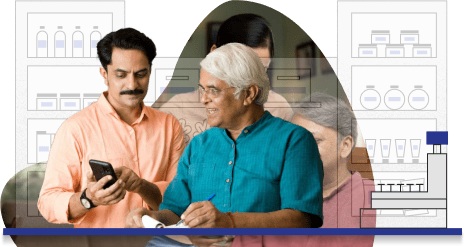What determines whether an organization takes calculated steps toward growth or avoids specific ventures altogether? The answer often lies in its ability to handle uncertainties effectively. Businesses must establish structured strategies to evaluate their tolerance levels toward different uncertainties.
A well-defined risk appetite framework is central to this process. It provides clarity on how much uncertainty an organization is willing to accept to achieve its goals. When integrated with an enterprise risk management platform, this framework aligns strategic objectives with the potential challenges an organization might face.
Defining the Scope of Risk Appetite Frameworks
A risk appetite framework outlines the boundaries within which an organization operates. It serves as a guide, ensuring that decisions align with the company’s overall goals and capabilities. This tool evaluates several dimensions, including financial, operational, and reputational factors, providing a holistic view of tolerable exposure.
The framework also ensures that teams within the organization work toward shared goals without exceeding acceptable limits. This alignment reduces instances of conflicting priorities, helping different departments collaborate more effectively. It transforms uncertainty into a controlled and manageable aspect of decision-making.
Building a Framework That Aligns with Strategic Goals
Designing a successful risk appetite framework requires understanding the unique objectives of the business. Each organization must consider its size, industry, and operational nuances while setting limits. Defining these parameters ensures that strategic actions are both achievable and sustainable.
To achieve this, organizations must:
- Assess historical data to identify recurring issues and trends.
- Engage leadership to ensure alignment with core values and vision.
- Communicate expectations clearly across all departments.
This tailored approach ensures that the framework not only reflects organizational goals but also anticipates and prepares for potential disruptions.
How Technology Enhances Risk Management Efforts
Modern tools play a critical role in maintaining robust frameworks. Advanced platforms offer real-time monitoring, predictive analytics, and customizable dashboards, helping teams stay updated on evolving conditions. These features ensure that organizations can respond swiftly to unexpected developments.
An enterprise risk management platform integrates seamlessly with frameworks, enhancing their efficiency by consolidating data and automating routine processes. Such platforms free up resources, enabling teams to focus on strategic decision-making. They also provide valuable insights that refine risk tolerance levels over time.
Key Components of a Successful Risk Appetite Framework
A strong framework relies on several essential elements to function effectively. These components help an organization remain proactive and adaptable while pursuing its objectives.
Critical Elements Include:
- Clear Metrics: Quantifiable measures that define acceptable limits.
- Governance Structures: Defined roles to ensure accountability at all levels.
- Feedback Mechanisms: Regular reviews to adapt the framework based on new developments.
By focusing on these areas, businesses can ensure that their frameworks remain flexible and relevant over time. This adaptability is crucial in navigating uncertain environments while remaining aligned with long-term goals.
The Role of Leadership in Strengthening Alignment
Leadership plays a pivotal role in ensuring that frameworks align with strategic priorities. Executives must champion the process, ensuring it becomes an integral part of organizational culture. Clear communication from the top reinforces the importance of adherence to established boundaries.
Leaders are also responsible for driving collaboration between departments, ensuring that goals remain unified. Their involvement inspires confidence among teams, promoting a cohesive effort toward managing uncertainties efficiently. Additionally, they must regularly review and adapt frameworks to address emerging challenges and evolving business landscapes. This ensures that the organization remains agile while maintaining its core objectives.
An enterprise risk management platform is vital in aligning risk management efforts with organizational objectives. By integrating well-defined frameworks and leveraging advanced tools, businesses can navigate challenges confidently while staying focused on growth. Adopting a proactive mindset ensures that organizations remain resilient in an ever-changing environment.




